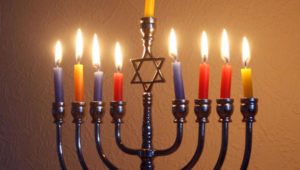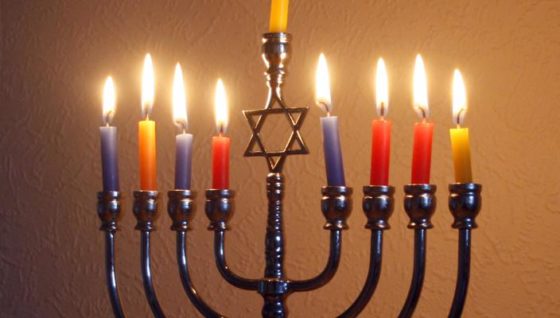Chanukah Housekeeping
Shavua tov, everyone,
 This week I thought I would use this opportunity for a little housekeeping.
This week I thought I would use this opportunity for a little housekeeping.
Several people who have known me for many years have asked what they should call me, now that I am a rabbi. The question brings to mind a beautiful section of a wedding ceremony I recently conducted. The bride was from China and within her culture, as a bride, she becomes part of her husband’s family. Part of acknowledging this status is a formal recognition within the wedding ceremony that she will now no longer call them by their first names, but will now address them as her mother and father. Zhen did so, and then her in-laws, recognizing they were now formally her parents, gave her a parental blessing. It was a lovely addition to the chuppah blessings.



Vayigash
December 30, 2019 by Rabbi Lynn Greenhough • From the Rabbi's Desk
As we tuck away our menorahs for another year, and tidy up the aluminum foil, dreidels and extra candles, I hope we have also tucked some of that candlelight within ourselves. There have been too many (once is too many) serious incidents of anti-Semitism this past week, many in New York, in London England, throughout Europe. Yet again, we struggle with the question of what to do in the face of such threats. Security at the door is a defensive measure, albeit an increasingly necessary measure. But security at the door is insufficient. Can we learn anything to help from within our tradition, perhaps from this week’s Torah reading, Vayigash?
More